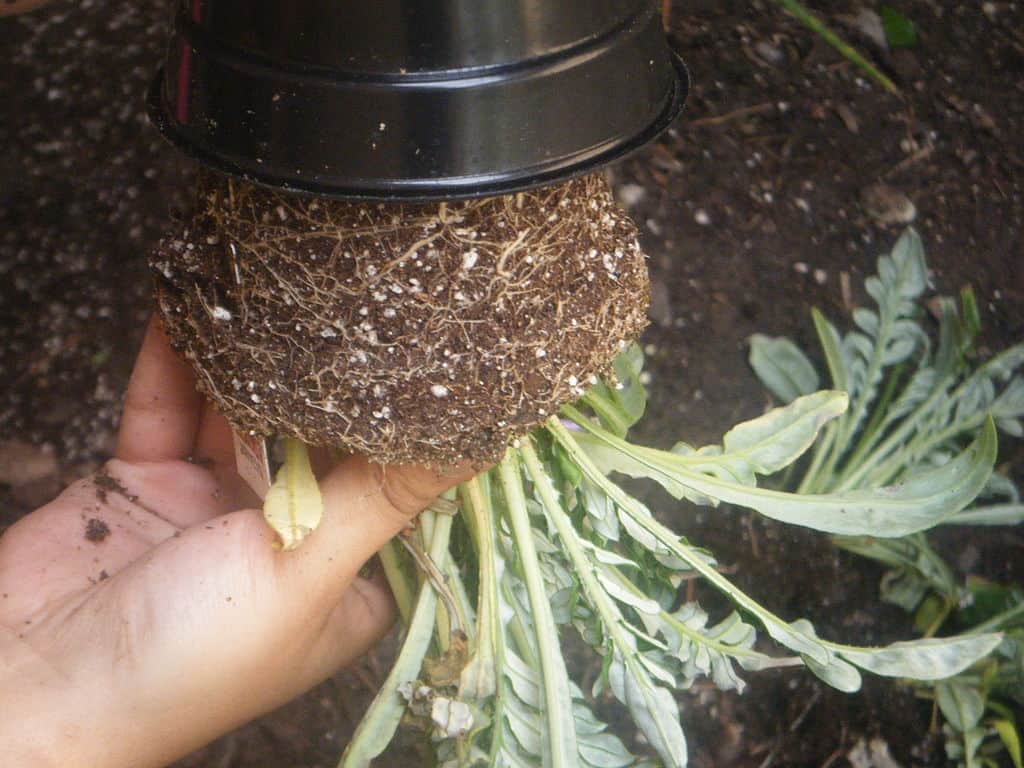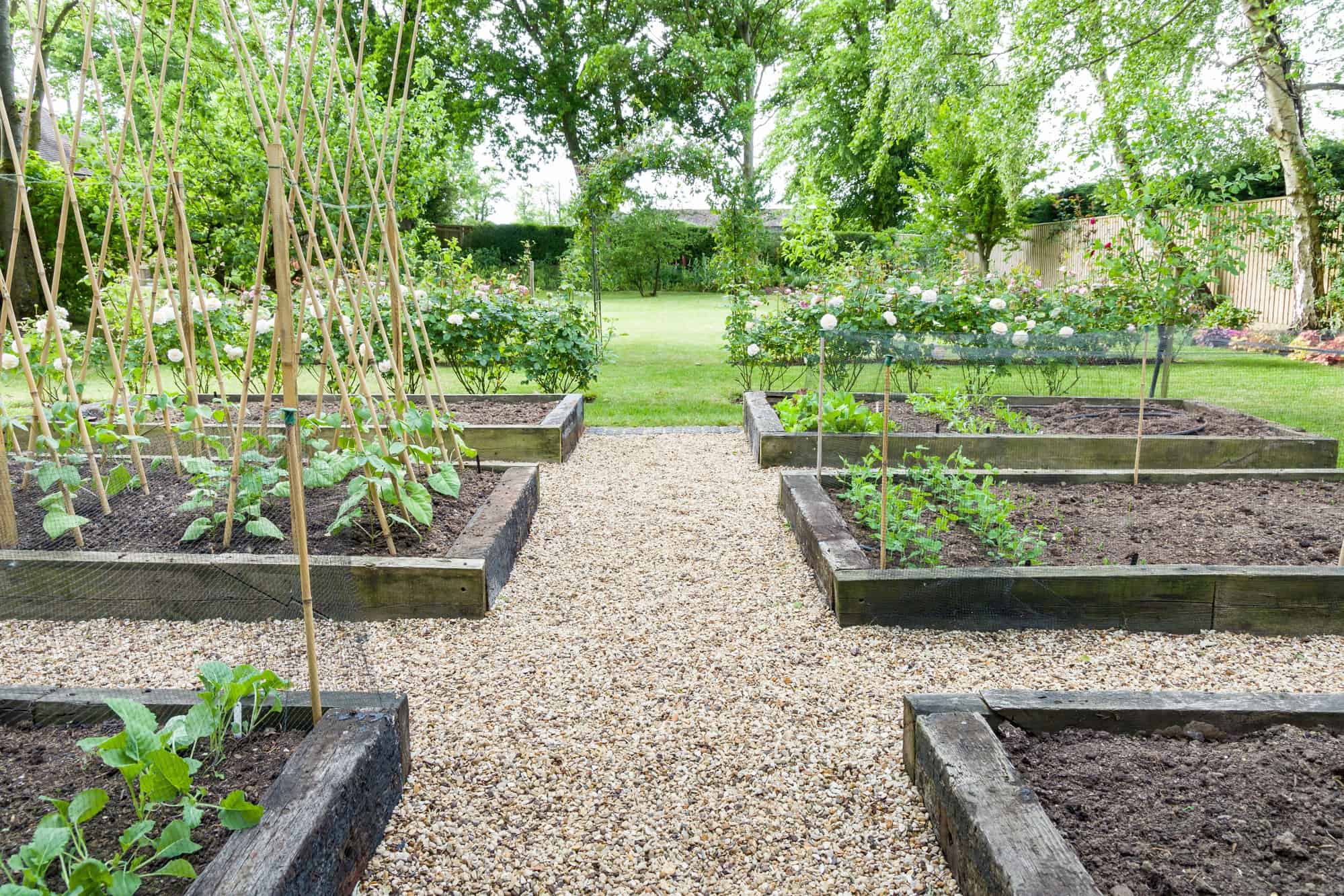You’ve probably been looking forward to planting your garden all winter. And you’ve probably been thinking it’s the easiest part, too. What can be so complicated about planting a garden?
Nothing to It. Not so fast—there are a number of questions you have to consider before you start
throwing seeds around.
For one thing, should you be planting seeds at all? Or should you be using transplants (young plants started from seed indoors)? If you’re going to use transplants, should you grow them yourself or buy them from a nursery or garden store? And how should your crop be spaced—in rows, wide bands, or inverted hills?
Like every other stage of growing a vegetable garden, planting poses a lot of questions.
How to Decide Whether to Plant Seeds to Transplants
The answers to the questions of what and where to plant depend on several factors:
- where you live,
- the kind of vegetables you decide to grow, and
- the amount of work you can reasonably handle.
It’s important to recognize your own limitations in terms of time, energy, and space. If you spend plenty of
time at home, you may thoroughly enjoy nurturing your own transplants from seed.
On the other hand, your home may not easily accommodate trays of young seedlings that need to be protected from cats, dogs, and curious children. And, if you’re away a lot or know you’re only going to be able to garden
on weekends, you may want to give yourself a break and buy your transplants when you’re ready to put
them in the ground.
Giving due consideration to practical matters like these will ensure that gardening is a labor of love — not a sentence to hard labor.

Growing Transplants: Pros and Cons
Starting at square one and growing transplants from seeds can be a challenging and satisfying activity. It
saves money, and it gives you a chance to experiment with varieties you can’t buy locally as
transplants.
That’s the good news. The bad news is that growing transplants yourself requires time, space, and attention. If you only want a few plants or you’re just embarking on the gardening experience, you may do better to have someone do the preliminary work for you.
Also, these little plants are going to be the foundation of your vegetable garden, so if you can’t give them the environmental conditions they need for best early growth, it makes sense to let them start off with someone who can.
Transplants Can Be Temperamental
The whole point of growing vegetables from transplants is to make the best use of your growing season. If a crop needs a long, cool growing season and you know that where you live the weather’s going to be hot as Hades long before you can expect to harvest, you’re going to have to use transplants.
You have to consider, however, the flexibility of the plant variety. Some plants survive transplanting without any problem. Some hate it. Make sure to choose plants that make the adjustment without much difficulty.
Plants That Can Be Transplanted Easily
| Broccoli | Tomatoes | Lettuce |
| Cabbage | Brussels sprouts | Cauliflower |
| Chard |
Celery, eggplant, onions, and peppers are a little less tolerant and require some care in transplanting. Other vegetables, especially those with large seeds, resent transplanting and do much better when they’re
planted directly from seed after the soil warms up.
Plants That Don’t Like to Be Transplanted
Among these more temperamental crops are beans, corn, cucumbers, okra, peas, summer and winter squash, and watermelons. If you start any of these vegetables indoors, you’ll have to use individual containers that can be planted along with them in order not to disturb their sensitive root systems.
Your Three-Stage Planting Plan
If you’re planting a number of different vegetables, you will probably use all three of the systems we’ve mentioned. For instance, you may grow your own tomato and lettuce transplants from seed, direct-seed your peas and beans in the garden, and buy your young pepper plants from a garden center.
In this case, your first task will probably be to start your transplants indoors, beginning eight weeks or more before your last date of average frost depending on the varieties you’re growing. A couple of weeks later you can start direct-seeding — again timing your plantings according to the variety.
Last, you can plant the transplants you purchased.
Good soil preparation is essential to all young plants. So you’ll definitely want to do your soil preparation before direct-seeding.

